Wetland wildlife
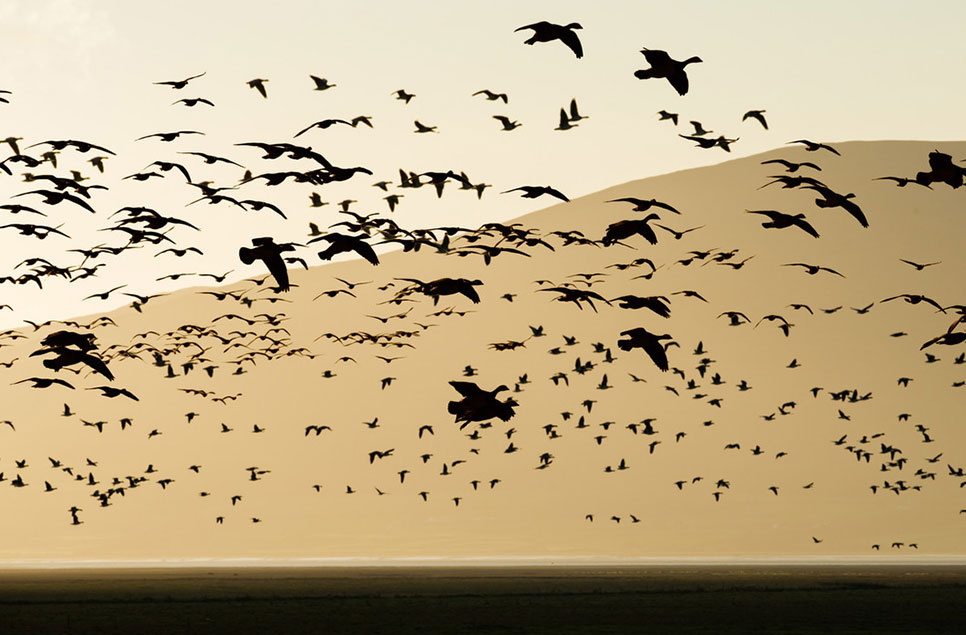
Wild barnacle geese take climate action
2019 research has shown that migratory barnacle geese are actively adjusting their traditions to climate change, shifting their migration routes within the last 25 years.
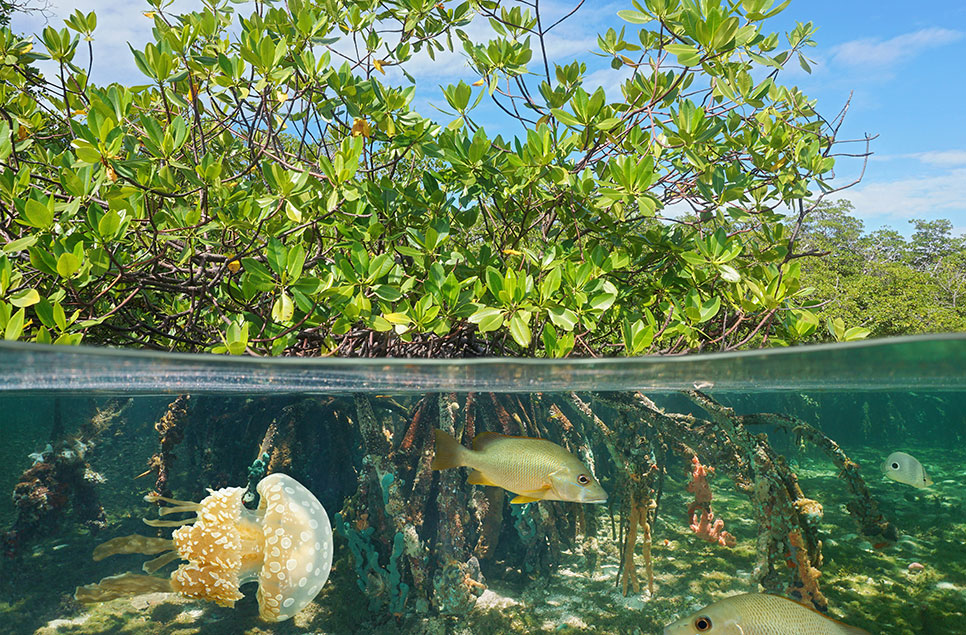
Mangroves: The incredible salt-water wetland forests
Most trees could not tolerate the sorts of conditions that mangrove forests thrive in. These unique trees are tough. They’re survivors. But now they’re facing their greatest challenge yet: humans
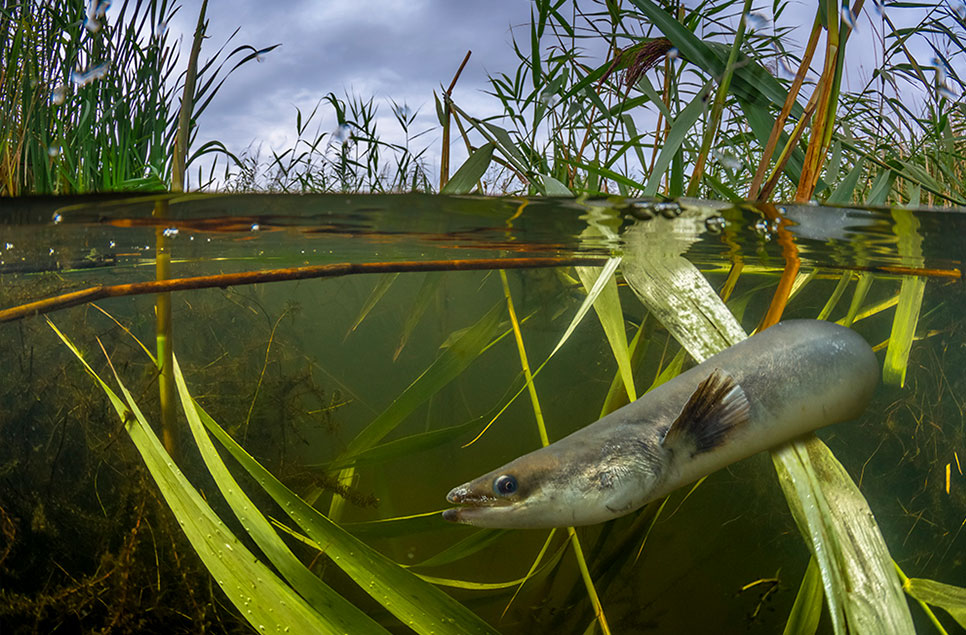
Why the once common European eel is now Critically Endangered (and what can be done about it)
Author and marine biologist Helen Scales explores the plight of the European eel, once so numerous but now critically endangered. WWT conservationists have come up with a few solutions to give eels a helping hand
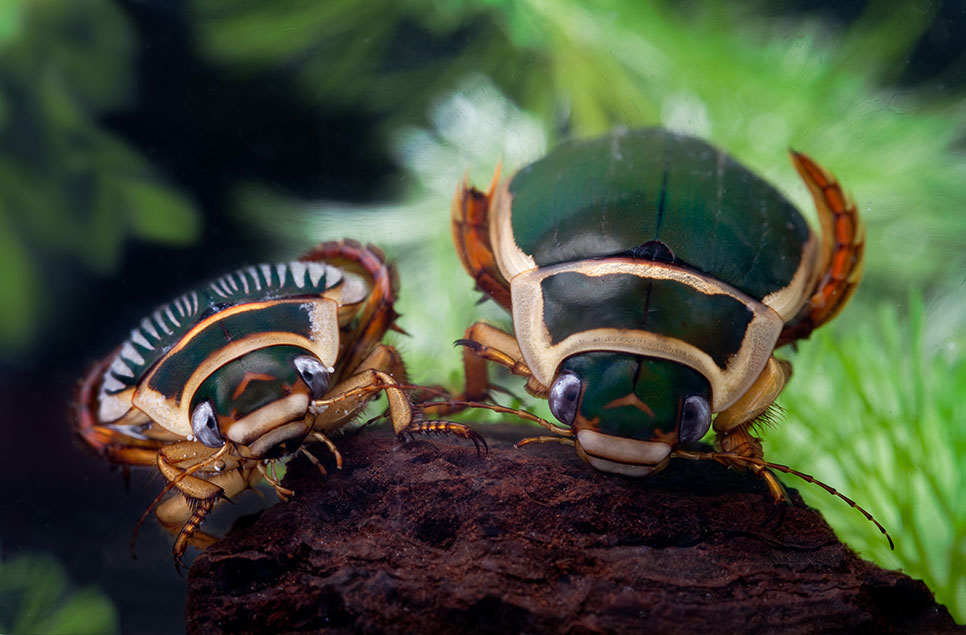
Wildlife ID guide: what species lives in a pond?
Did you know that ponds are havens for a huge range of aquatic invertebrates, amphibians and more? Find out more about how to identify the huge biodiversity of pond life when you next go pond dipping.
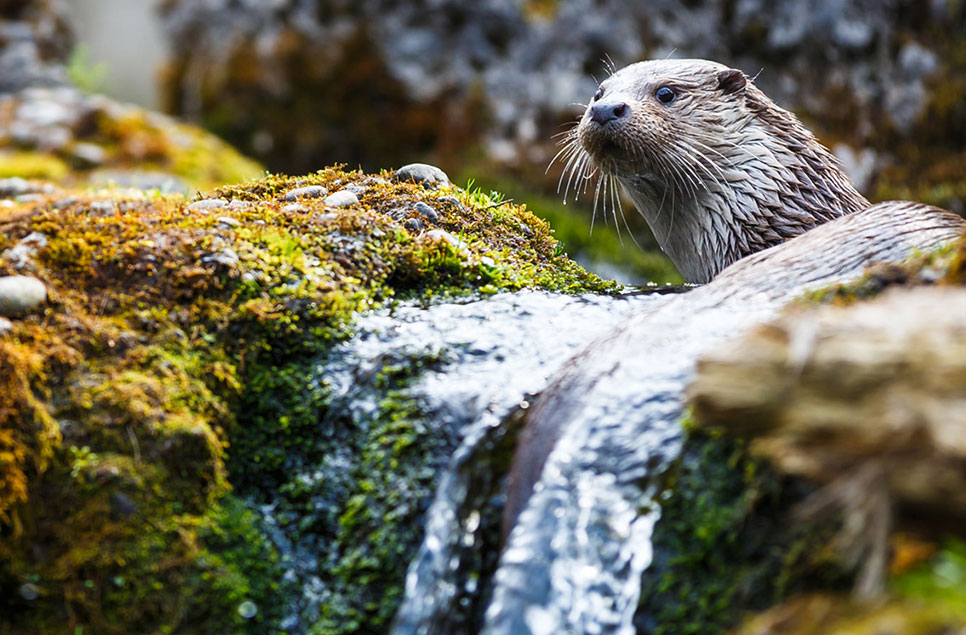
Spotlight on: the European otter (and how to see them in the wild)
Otters are secretive, fascinating and adorable creatures, but why do we never see them? Find out more about otters, where otters live in the UK and what to do for the best chance of seeing them in the wild.
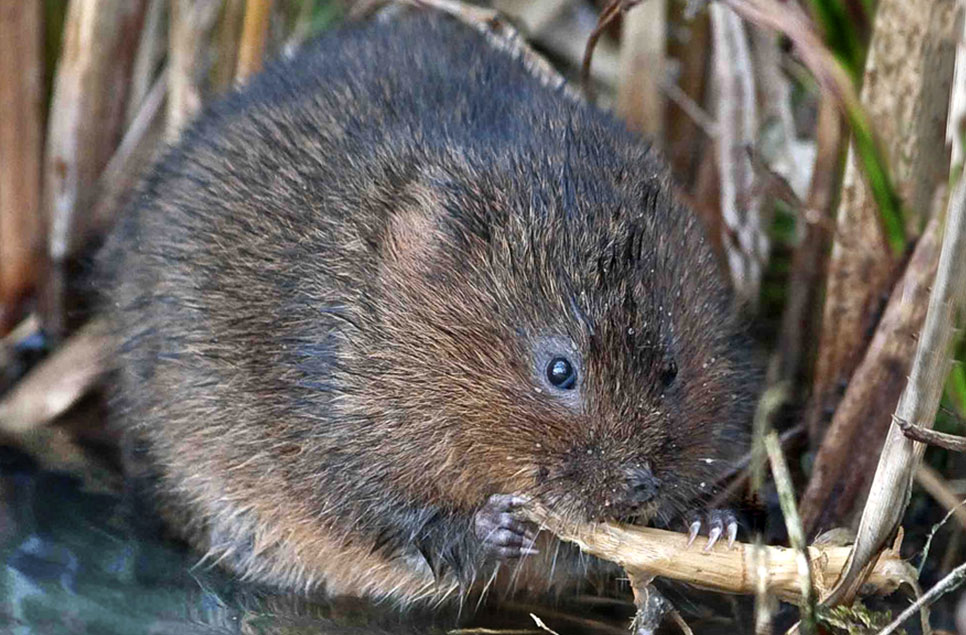
Water voles vs. rats: how to tell the difference
Have you ever seen a small furry body swimming along, and not been sure if it's a water vole or a rat? This quick guide highlights the key differences between the species.
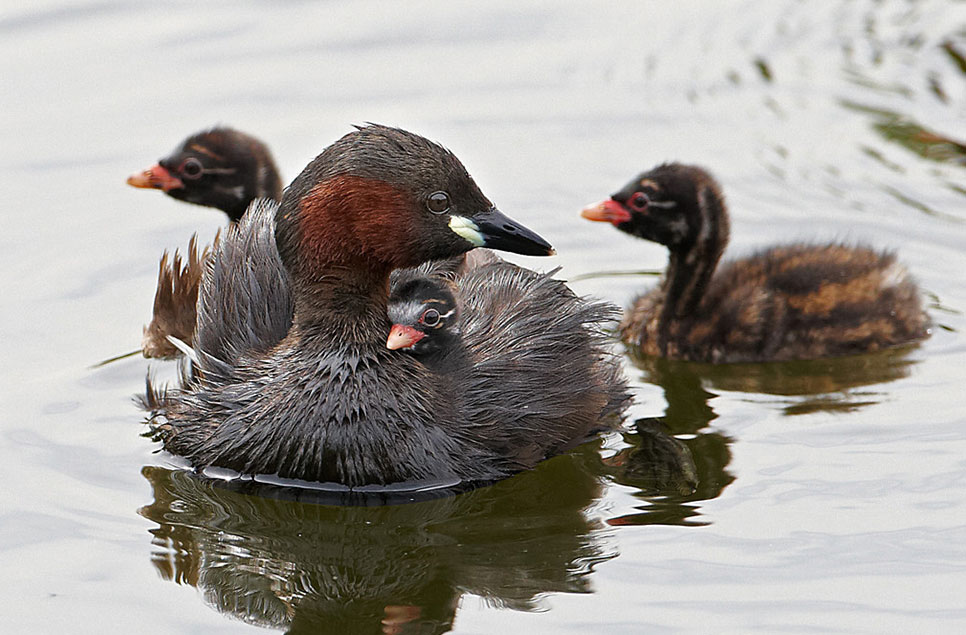
How different birds build their nests and rear their young
A guide to how the different groups of bird species make their nests in wetlands, what their chicks and eggs look like, and the parenting challenges they face. Each group has different adaptations to give their young the best chance.
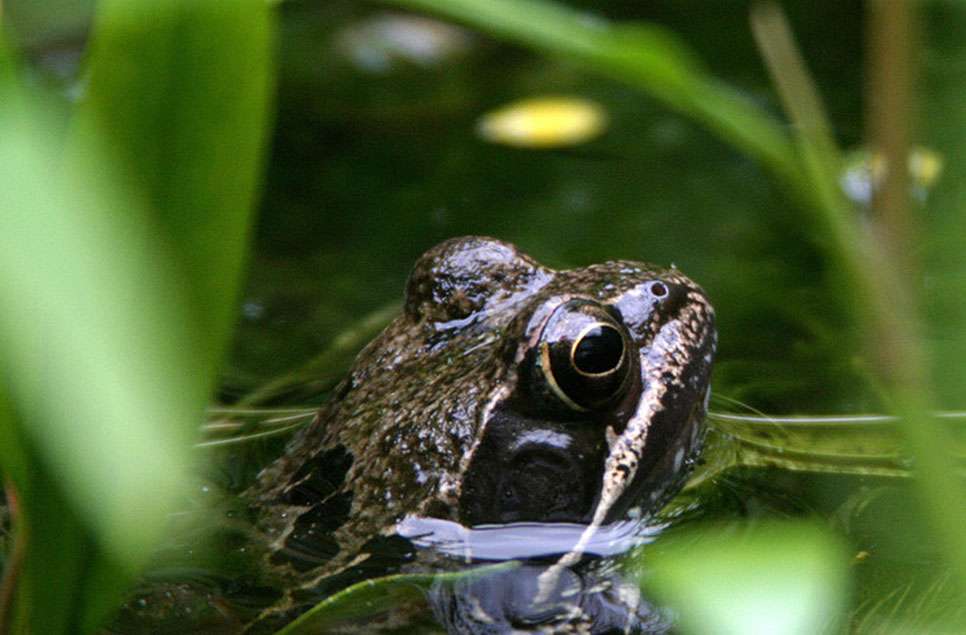
10 ways to add water to your garden that wildlife will love
When it comes to supporting nature, wildlife gardens are a good place to start. By creating ponds and wetland areas in our gardens - no matter how small – you'll attract wildlife like dragonflies, amphibians and birds.
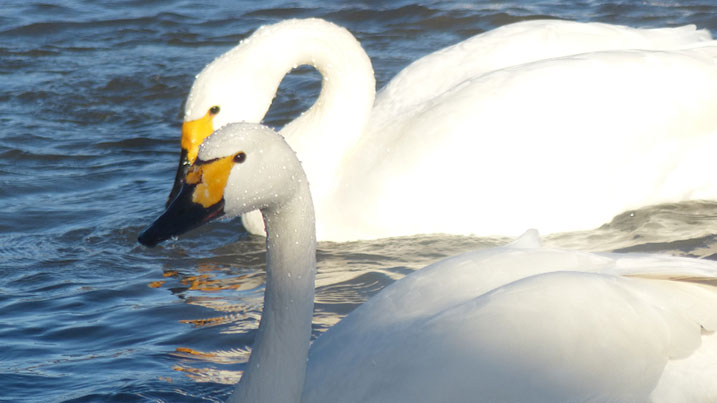
Dynasties – dominance and drama on the wetlands
Some of our most successful swans belong to large dynasties, powerful families who have been returning to the same lake each year for generations. As space becomes tight, visitors to the centres are likely to witness an argument or two upon the ripples.

The lesser snow goose: seven amazing facts
The lesser snow goose is a fascinating bird. Here are a few reasons why it's so amazing: Breeding grounds in the ArcticBirds migrate to their breeding grounds in the Arctic when snow is still on the ground, and use their body fat to wait for the new grass

Madagascar pochard: fact file on the world's rarest duck
Everything you need to know about the Madagascar pochard, the world's rarest duck, and how WWT have been working for over a decade to protect it and the precious wetland habitat it needs.
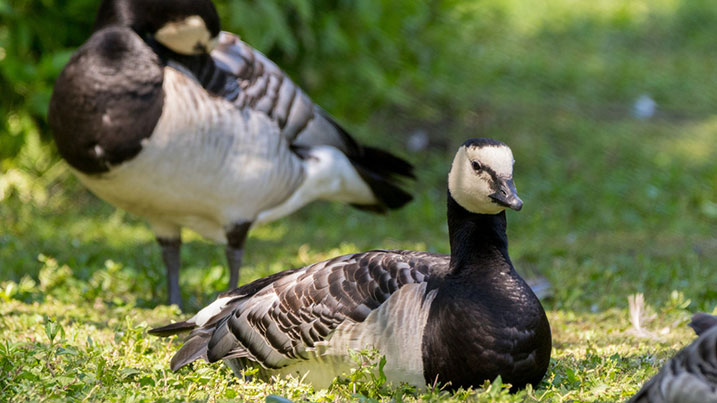
Why do barnacle geese jump off cliffs? | Barnacle goose facts
Barnacle geese create nests on high cliffs to avoid predation, however within a few days of hatching goslings must jump off these cliff faces! Find out more about the amazing barnacle goose and the myths and legends that follow it.
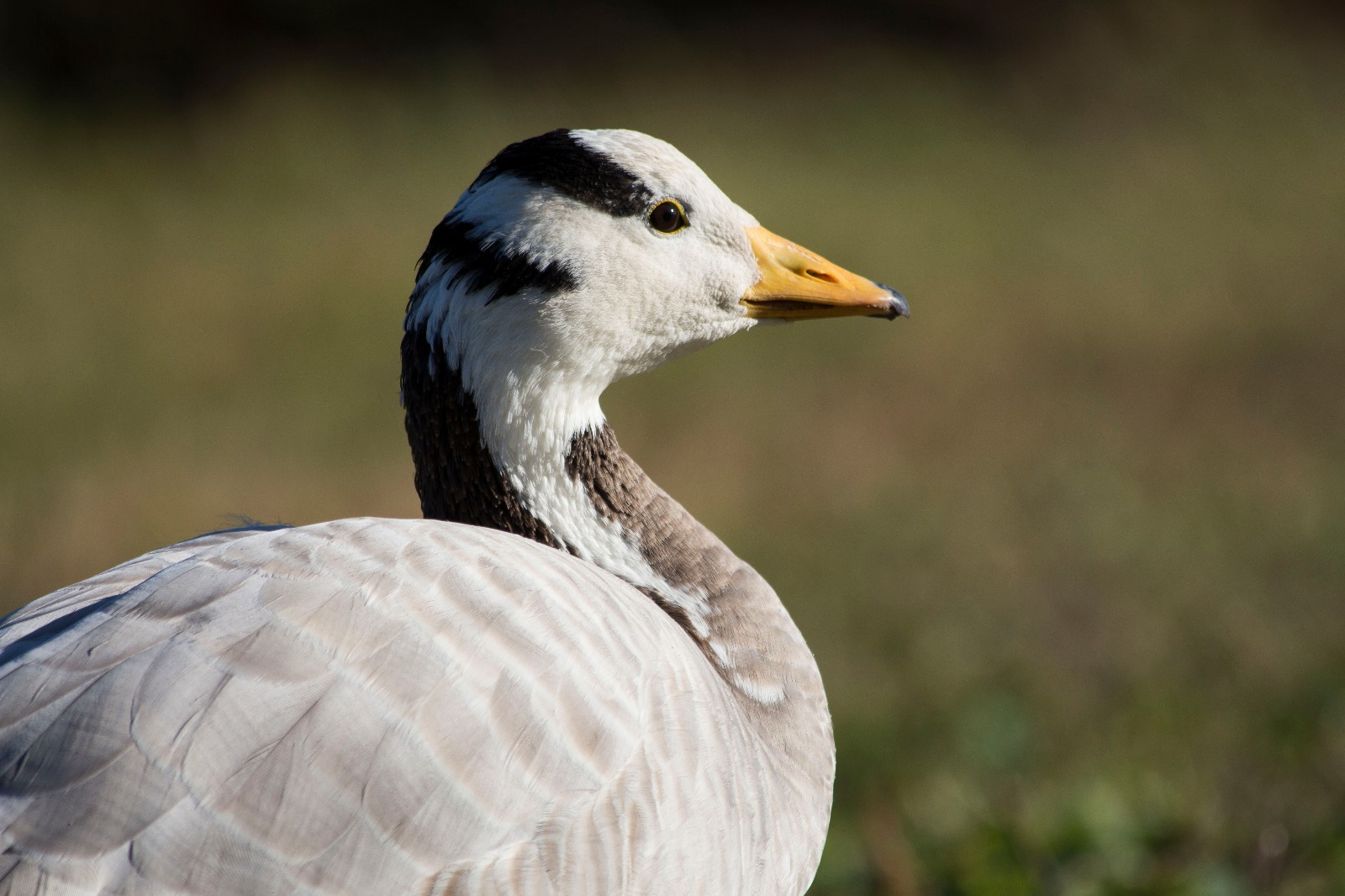
The bird that can fly over the Himalayas: the brilliant bar-headed goose
The bar-headed goose (Anser Indicus) appear to be a pretty, mid-sized Asian goose, but beneath the skin this species exhibits some of nature’s most amazing adaptations that allow it to fly over the top of the Himalayan mountains.

The Comeback Crane
A total of three young cranes have been raised at a nature reserve in Gloucestershire marking the most successful so year of an ambitious re-introduction project. The youngsters have been practicing flying at WWT Slimbridge where 93 cranes were hand-re

Are swans more aggressive than other birds?
Are swans more aggressive than other birds? The rumour that 'a swan can break a man's arm' is well known, but is there any truth in the rumours that swans are dangerous? A new study investigates.